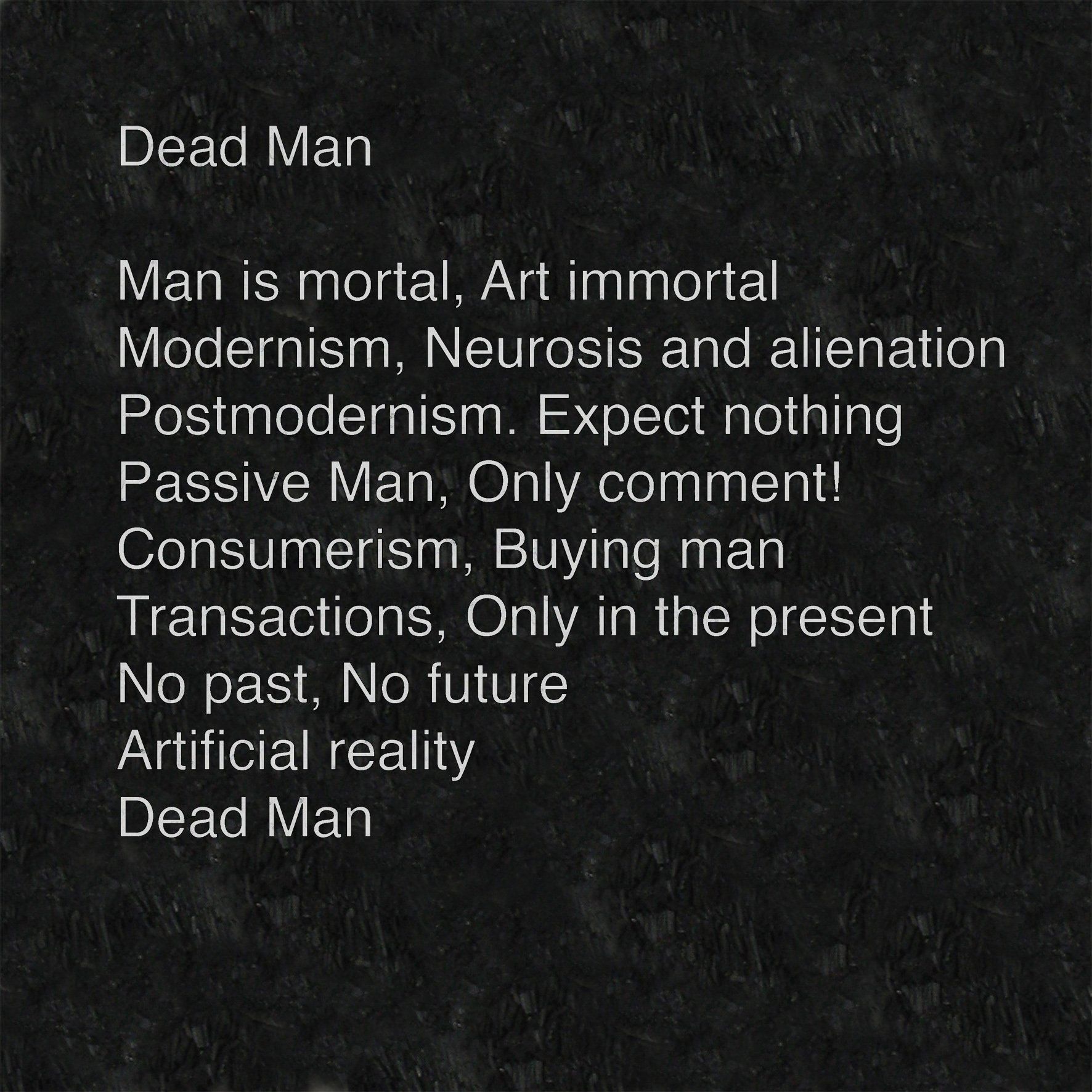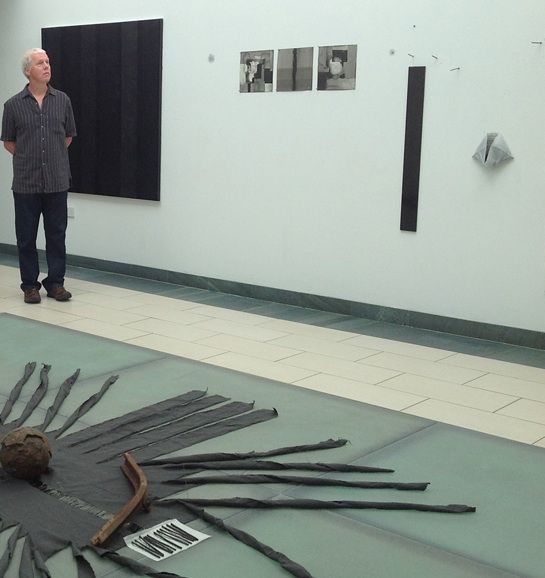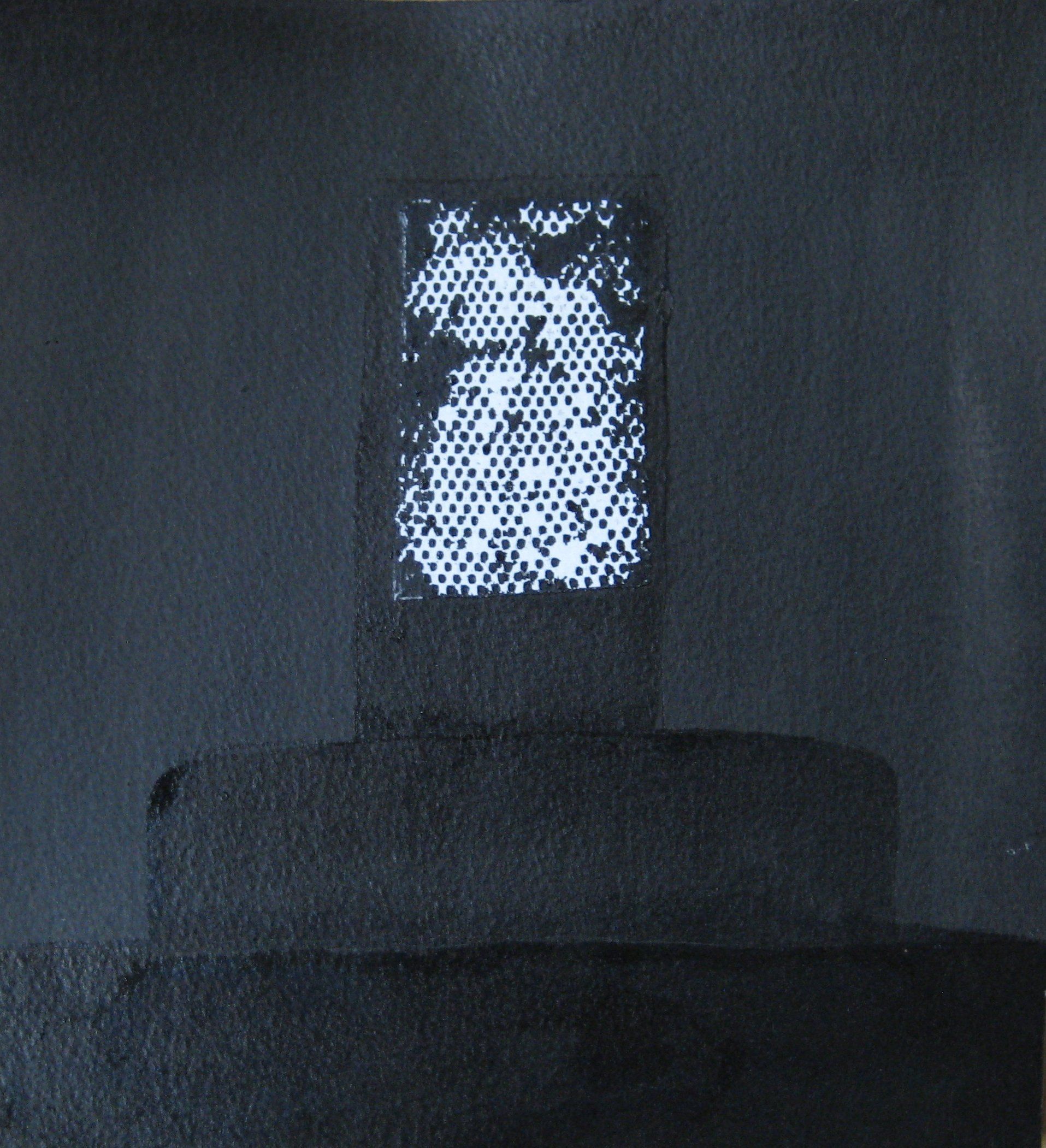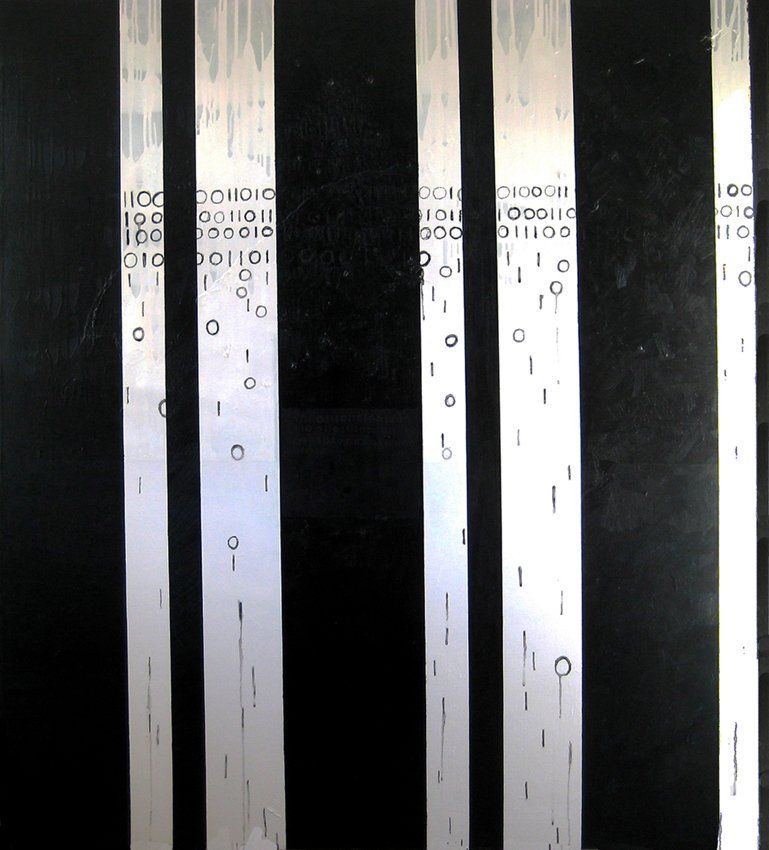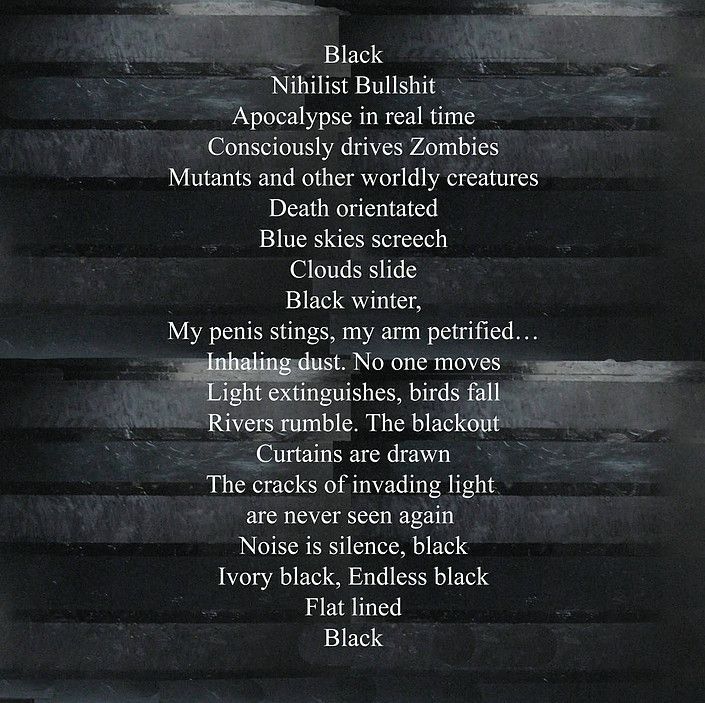Towers
Towers are used for a variety of reasons and can have varied meanings and relationships with the human consciousness. They have been used by humans since prehistoric times and the purpose of a tower is usually what gives it meaning. They are used to communicate, call to prayer, mark time, control, enforce power, observation, security and defence. Furthermore the towers purpose predetermines its narrative accentuating patterns for human existence and the human condition. They perpetuate systems and societal functions increasingly they have become orientated by technology and the powers that control them. Digital towers become far more complex because it is not apparent who is behind a screen or what they're thinking or what order they give or who controls them.
